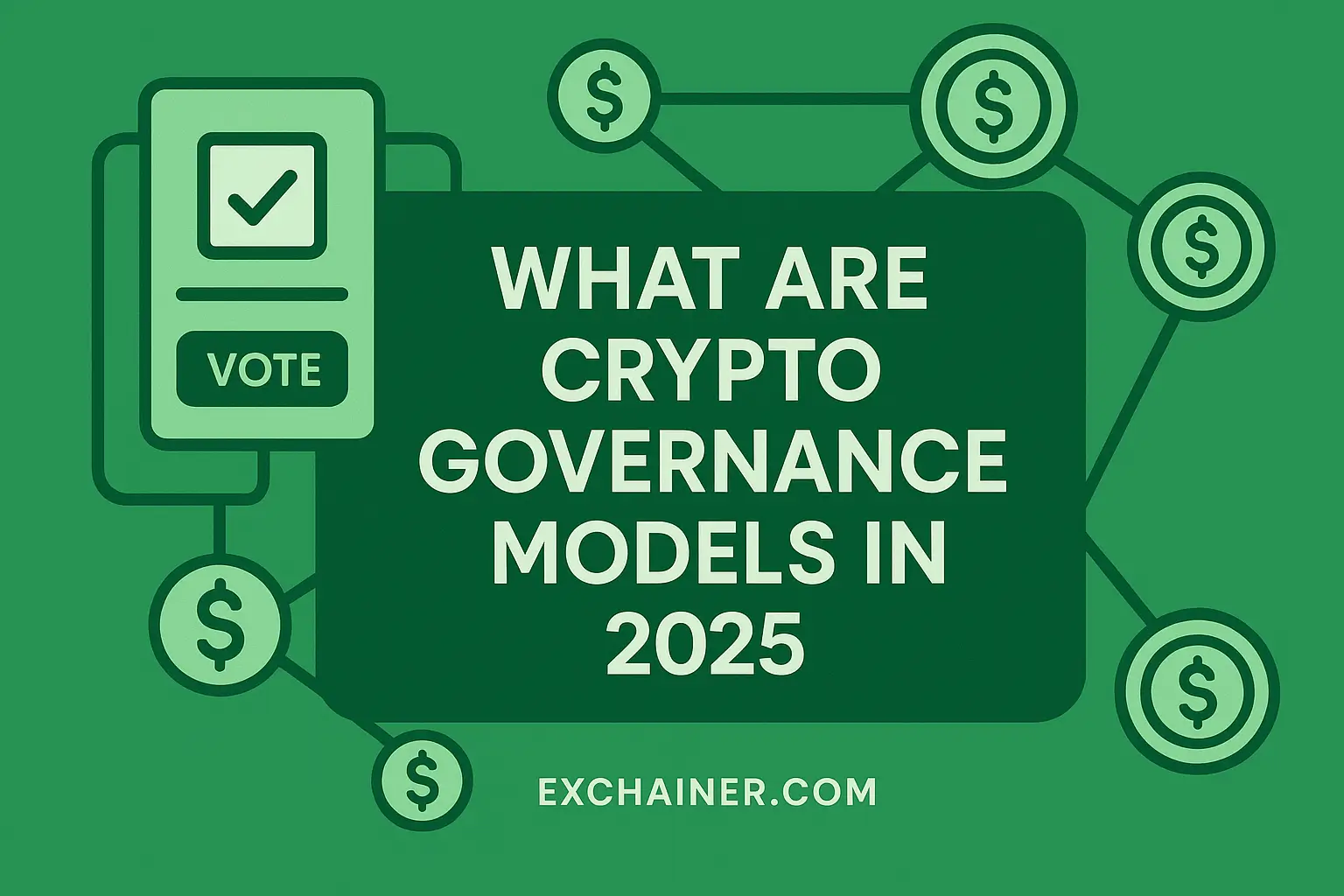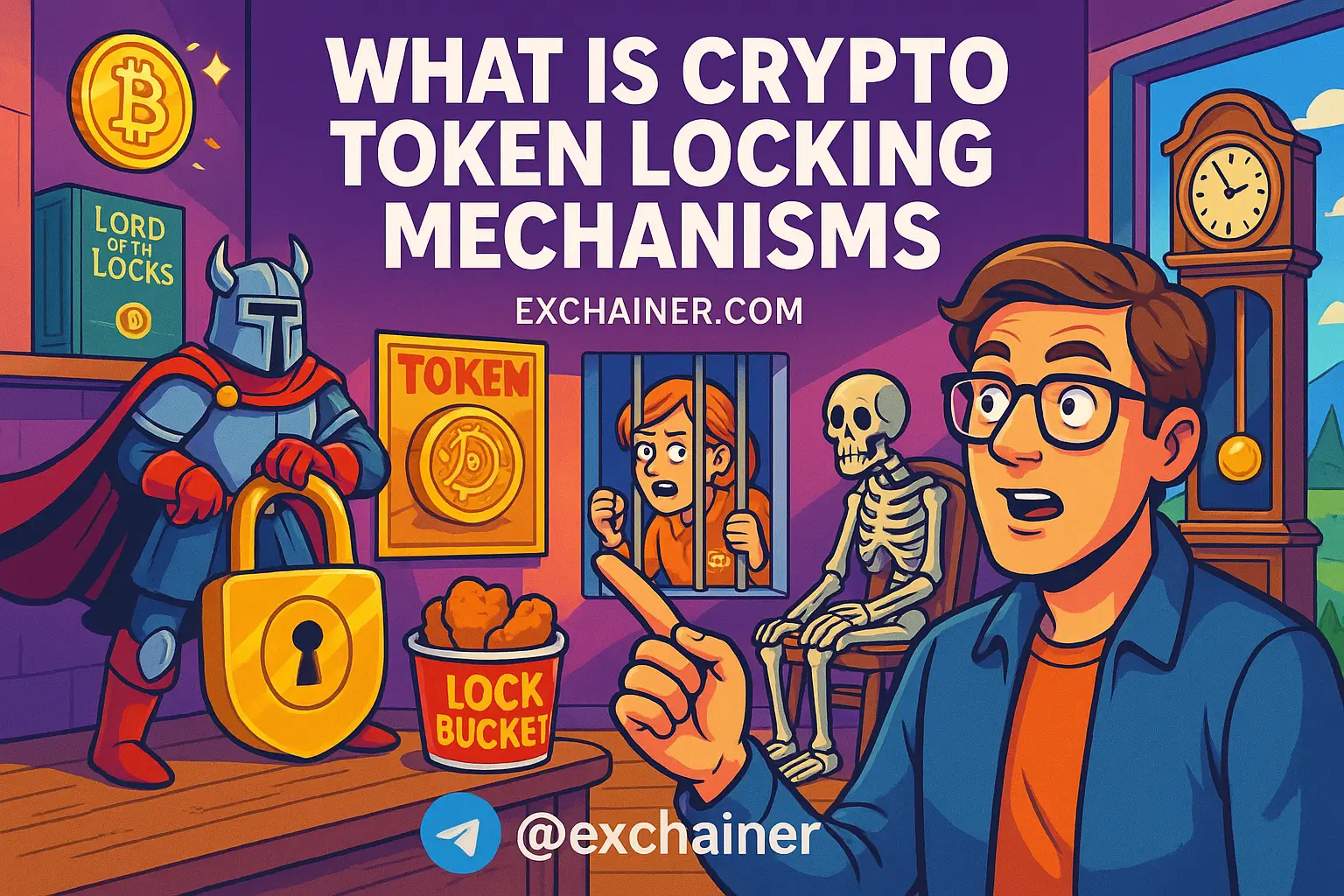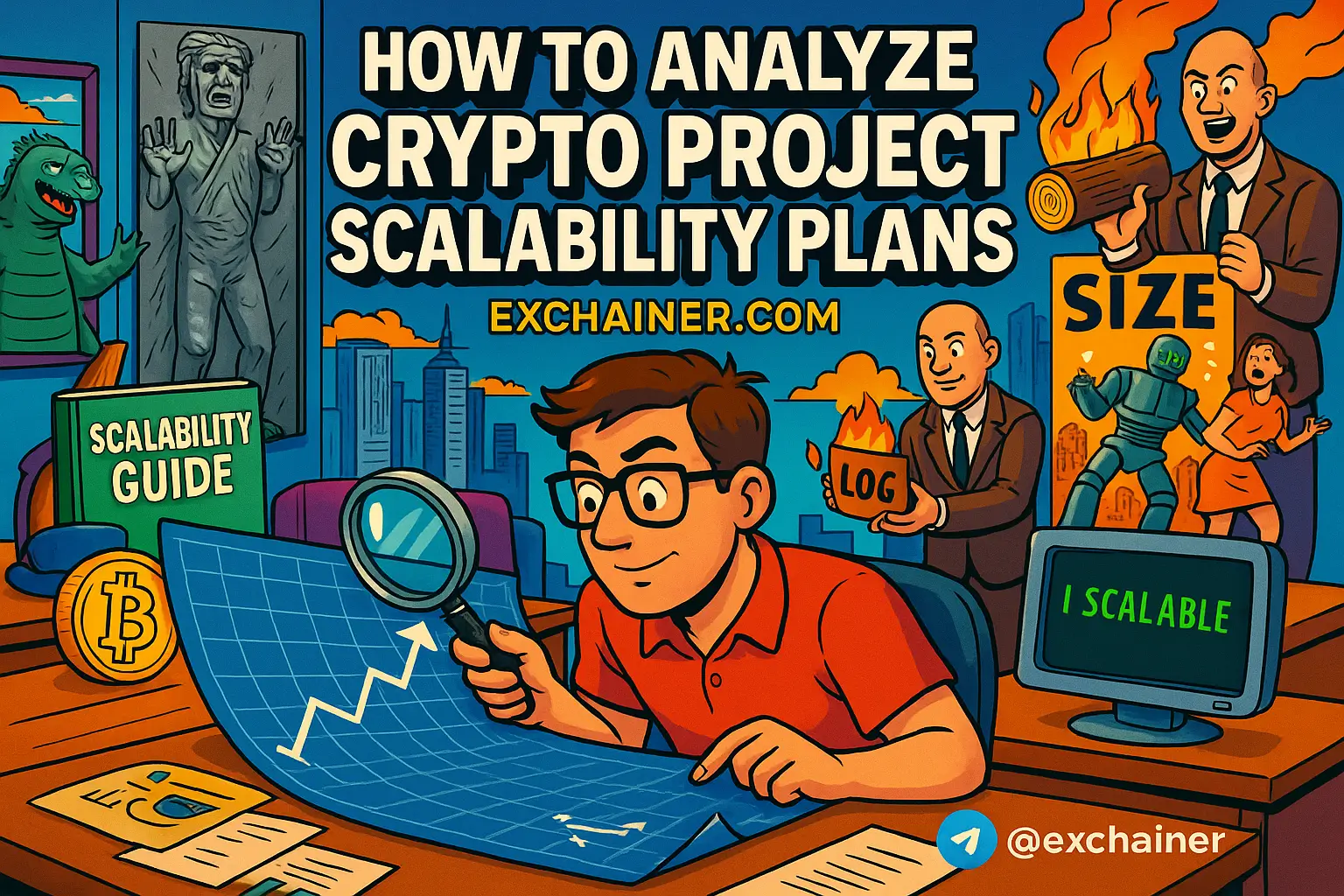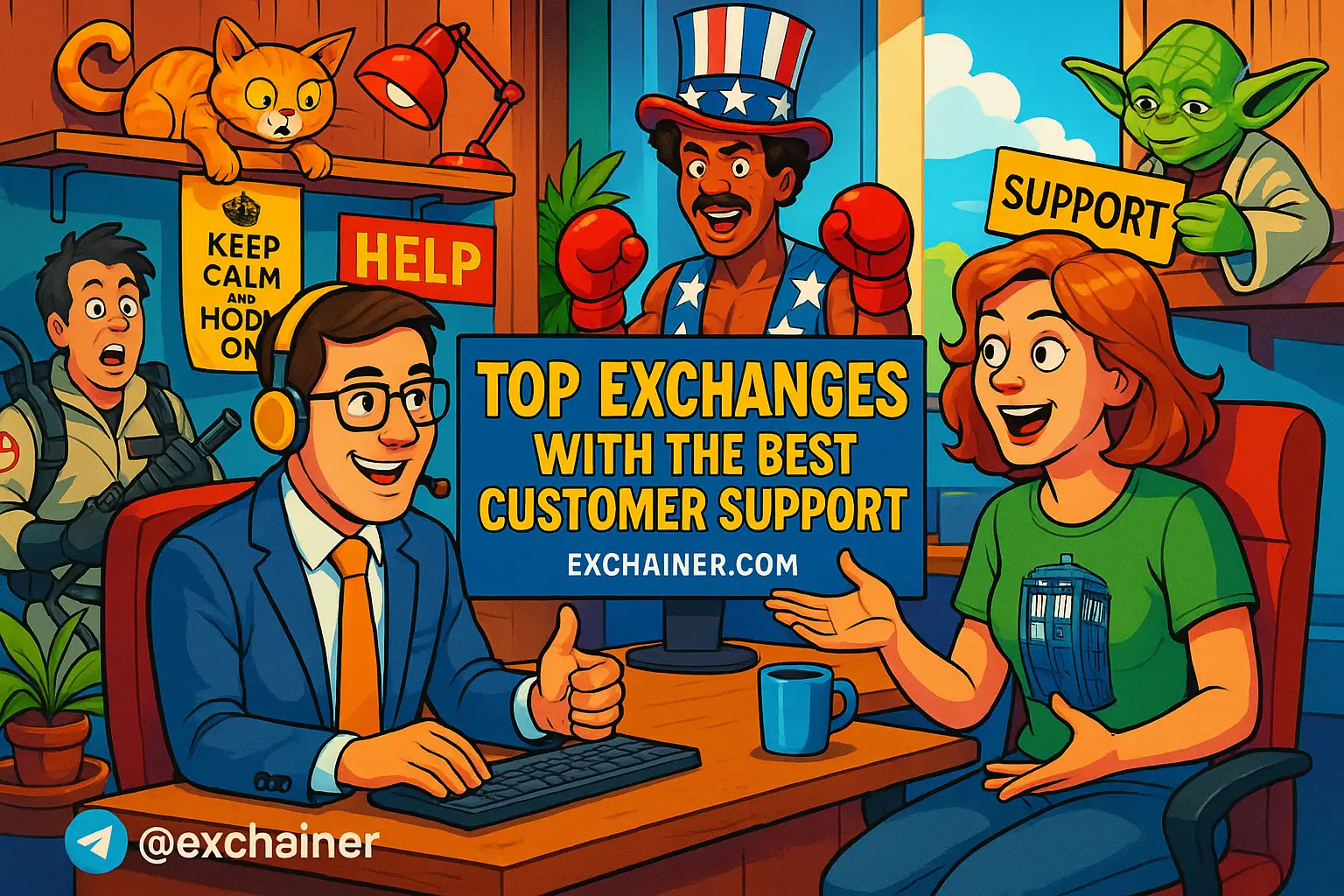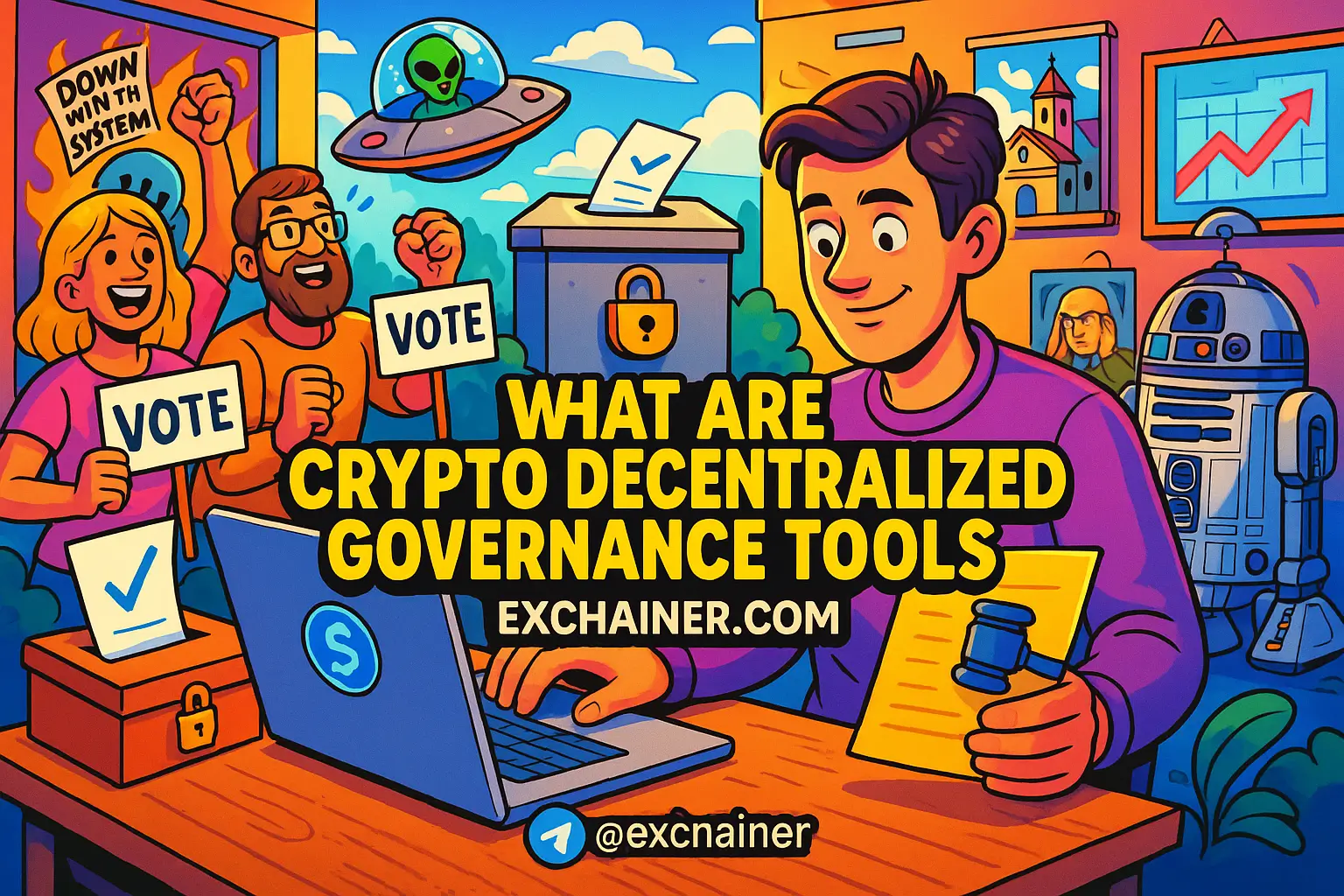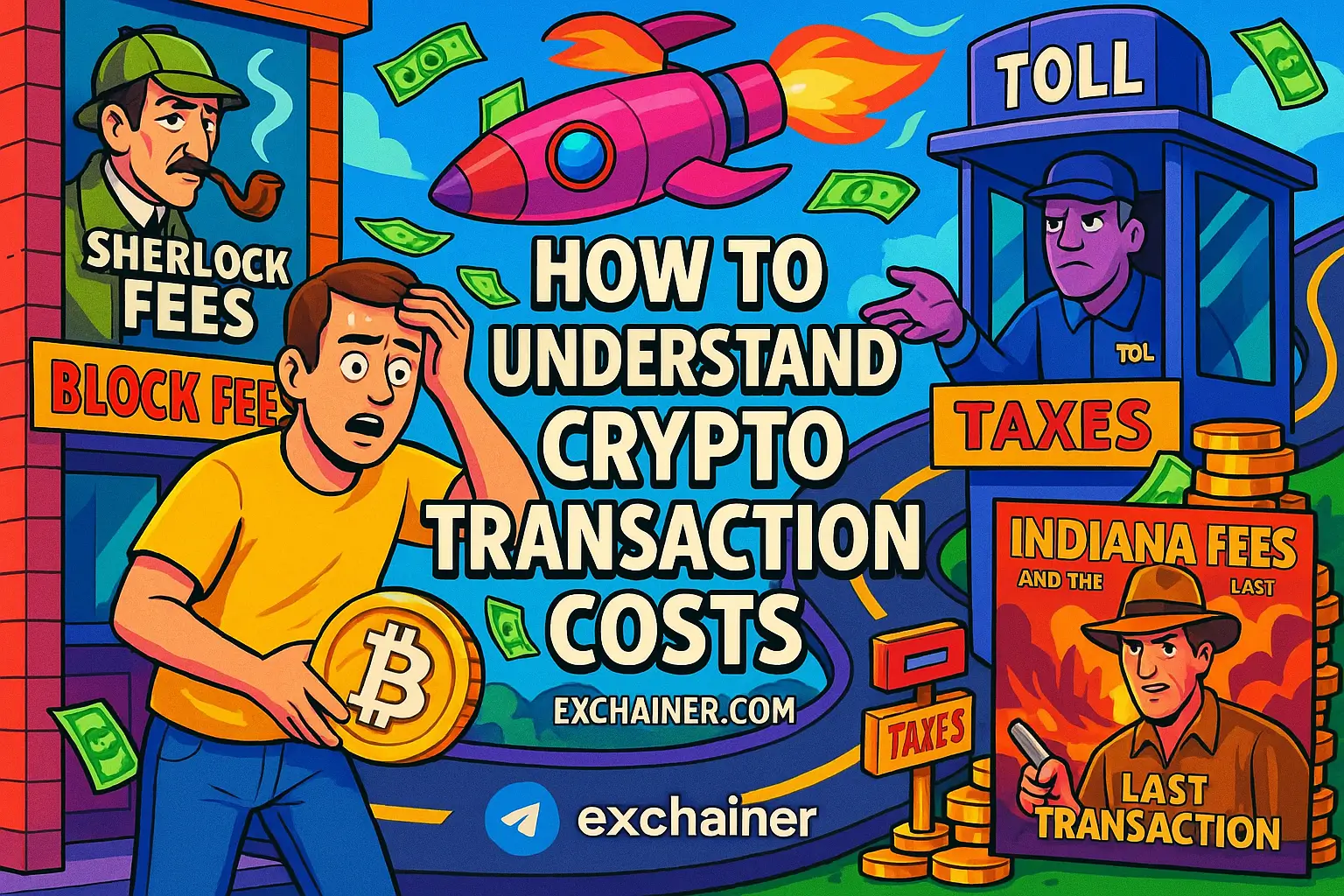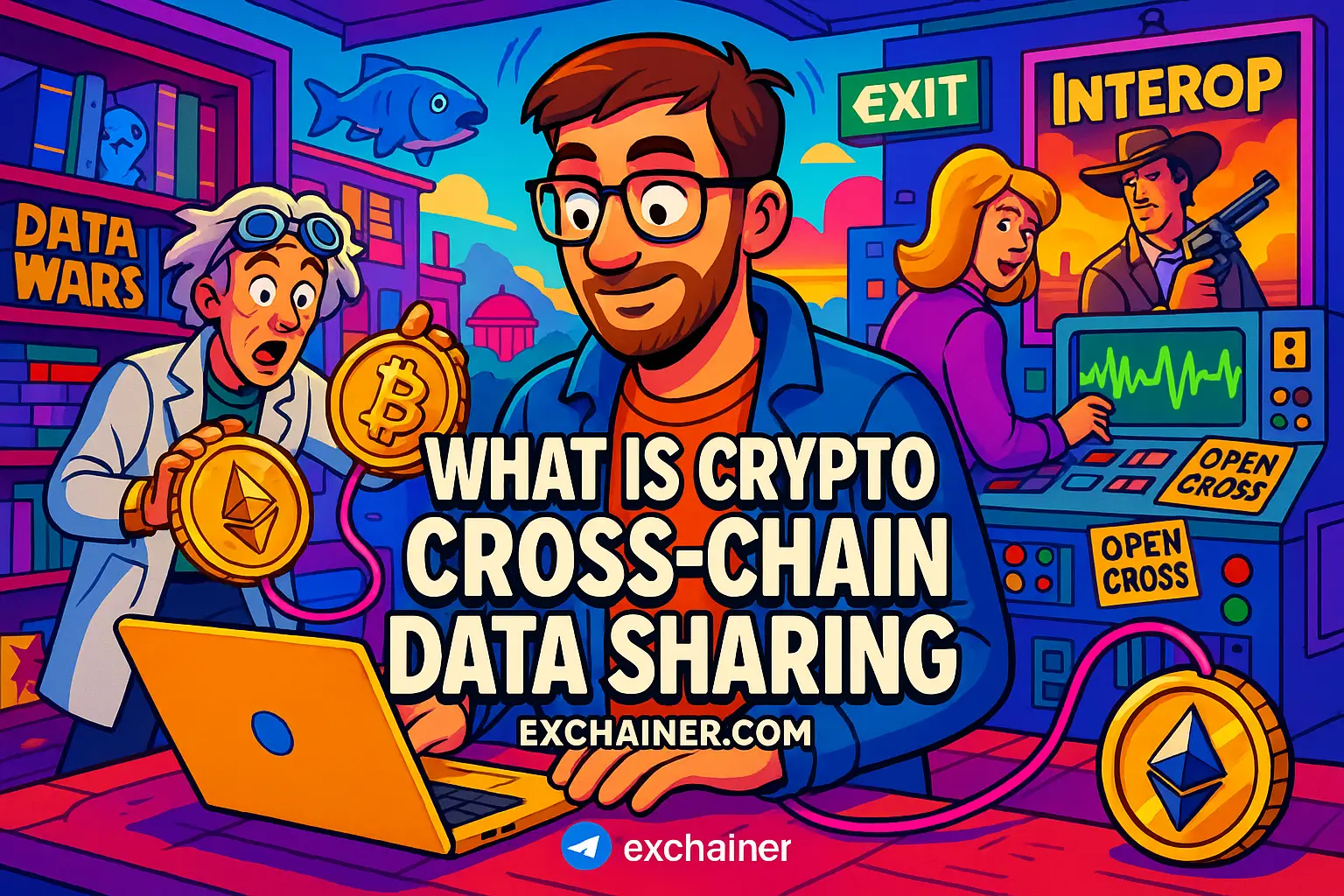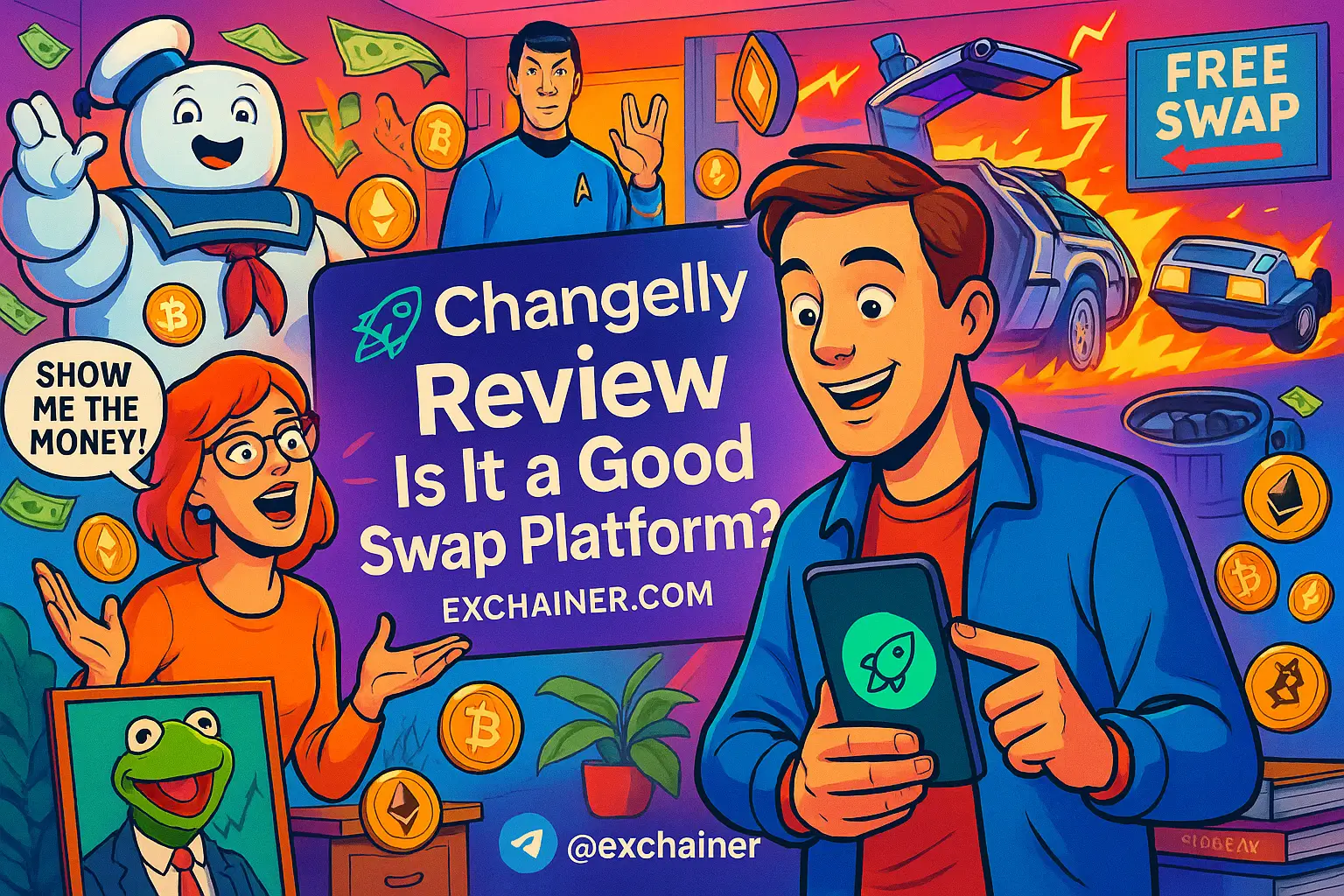Introduction
Friends, if you’ve been watching the cryptocurrency scene lately, you’ve probably noticed how governance models have become a hot topic in 2025. But why exactly do crypto governance models matter so much today? Well, when you think about it, these models are the backbone of how decentralized projects make decisions, upgrade protocols, and involve their communities. Without clear governance frameworks, even the coolest blockchain projects can fall into chaos or stagnation, leaving investors and users in the lurch.
Crypto governance models in 2025 cover much more than just voting on proposals. They encapsulate everything from Decentralized Autonomous Organizations (DAOs) and on-chain/off-chain voting methods to legal wrappers that give projects certain protections and legitimacy. This year is especially interesting because we’re seeing a mix of regulatory pressure, cross-chain coordination efforts, the rise of layer-2 solutions, and even artificial intelligence integration in governance processes. These factors are reshaping how crypto projects organize decision-making.
This article will walk you through the different governance models in crypto today. We’ll explore decentralized governance principles, the workings of on-chain voting, and why hybrid models that blend off-chain discussions with on-chain ratification are gaining popularity. Along the way, we’ll dig into tokenomics behind governance tokens, how voting takes place, and what risks projects face in this landscape. Whether you're a developer building a DAO, an investor wondering how governance impacts your tokens, or a policymaker tracking crypto’s regulatory challenges, this guide has got you covered.
Ready to untangle the complex world of crypto governance? Let’s dive deep and reveal what makes governance models tick in the crypto space in 2025.
Decentralized Governance
Core concepts and philosophy
At the heart of crypto governance models lies decentralized governance — a concept that flips traditional centralized control on its head. Unlike companies or banks where decisions come from a central authority, decentralized governance disperses decision-making power across a broad community of participants. This approach aims to build resilience, ensure censorship resistance, and foster community ownership. In simple terms, it’s about giving power back to the users rather than a few executives.
The philosophy revolves around transparency and fairness. Imagine a digital town hall where everyone with skin in the game gets a voice. This isn't just idealistic—it helps align incentives and keep the project honest. But decentralization doesn’t mean chaos. Instead, it’s a carefully balanced system where rules and structures exist to prevent tyranny while empowering stakeholders.
Classic decentralized models in practice
Early decentralized governance models were mostly found within DAOs that operated fully permissionless structures. For example, pioneering DeFi DAOs like MakerDAO gave token holders the ability to propose and vote on protocol changes directly on-chain. Membership models, where community members get voting rights by holding tokens, became widespread tools for shifting power from founders to communities.
These early models showcased the possibilities but also exposed challenges — voter apathy, coordination inefficiencies, and security risks. Still, they laid the groundwork for today’s more nuanced approaches.
2025 shifts in decentralization expectations
The narrative around decentralization has evolved a lot by 2025. Now, it’s less about going “all-in” on decentralization overnight and more about pragmatic, staged decentralization that balances speed, inclusivity, and security. Projects are adopting phased approaches—starting with more centralized teams to move fast and gradually handing over governance to the community as maturity increases.
This “pragmatic decentralization” is crucial because trying to decentralize everything too quickly can lead to slow decision-making and fragmentation. Plus, with regulatory clarity emerging, projects are considering legal compliance alongside decentralization goals. The era of purely permissionless governance is morphing into a more adaptive and balanced system.
On-Chain Governance Mechanisms
Proposal and voting workflows
When it comes to on-chain governance, everything happens transparently on the blockchain. Anyone holding governance tokens can create proposals—whether it’s upgrading smart contracts, adjusting fees, or changing parameters. Proposals usually undergo specific workflows: creation, discussion, voting, and then execution.
Many protocols implement timelocks—delays between vote passing and implementation—to give the community time to evaluate potential impacts or deploy emergency fixes. Quorum thresholds ensure that votes represent a meaningful portion of token holders, preventing decision-making by small cliques.
You’ll also find variations in voting methods: some projects use snapshot-style votes, where results are recorded off-blockchain to save costs but still reveal true token holder preferences. Others require fully on-chain, executional votes where successful proposals automatically trigger smart contract changes.
Innovative voting systems (on-chain)
Standard majority voting can be easy but flawed, as it risks power concentration by large token holders. Enter innovative systems like quadratic voting, which weight votes to diminish the impact of whales, making it more cost-prohibitive to hoard influence. Conviction voting adds a time-weighted component, where votes build up “conviction” over time, reducing rash decisions.
Delegated or liquid democracy allows token holders to delegate their vote to trusted representatives, ensuring decisions benefit from expertise or active engagement. Staking-weighted voting incentivizes participants to lock their tokens, aligning long-term commitment with governance power.
These novel systems aim to create fairer, more representative outcomes and tackle common governance pitfalls.
Security and upgrade execution risks
Governance isn’t just about voting; executing upgrades securely is critical too. Many protocols utilize multisignature wallets where a group of trusted parties approve changes. Timelocks add transparency and defense windows. Some rely on governance executors—smart contracts that automatically implement proposals post-vote.
Despite safeguards, risks remain. Front-running attacks can manipulate voting outcomes, while poorly designed governance can trigger harmful upgrades or bugs. Careful risk mitigation, auditing, and layered security mechanisms are essential to protect the protocol and its users.
Off-Chain and Hybrid Governance Models
Off-chain coordination tools and social governance
Not all governance happens on-chain; much of the heavy lifting happens off-chain through social coordination. Communities use forums like Discourse or Snapshot discussions to debate proposals, gather feedback, and signal preferences without on-chain costs.
Off-chain voting often serves as a testing ground—non-binding signaling votes can highlight community sentiment before formal on-chain decisions. This dynamic social governance fosters dialogue and collaborative problem-solving beyond mere transactions.
Hybrid models that combine social and on‑chain steps
Hybrid governance models blend the strengths of off-chain discussions with the enforcement power of on-chain votes. A common pattern: proposals are debated off-chain to build consensus, then ratified on-chain to make changes official.
Some projects use multisig trustees who hold structural admin powers but remain accountable to token holders through ratification votes. Governance councils—representative bodies elected or delegated by the community—also operate as hybrid intermediaries.
These blends help balance speed, transparency, and legal safety, often unlocking better participation without sacrificing core decentralization principles.
When hybrid is optimal — tradeoffs and case studies
Hybrid models shine when pure on-chain processes would be too slow or costly. Off-chain debates enable richer conversations without being constrained by blockchain limitations. Plus, legal considerations can dictate some decisions remain off-chain to reduce liability risks.
For instance, projects like Aragon or Compound adopted hybrids to enable robust governance without scaring away less technical participants. However, hybrid approaches must guard against centralization creeping into off-chain layers and maintain clear roles for on-chain enforcement.
Voting, Tokenomics & Governance Tokens
Role of governance tokens and distribution models
Governance tokens are the lifeblood of many crypto governance models. Issued through token sales, airdrops, or vesting schedules, they grant holders voting rights on proposals. For example, in 2024 alone, airdrops distributed over $500 million in tokens, often rewarding early adopters.
How tokens are distributed greatly impacts governance health. Concentrated ownership risks plutocracy, so projects often incentivize broad participation with vesting and reward mechanisms that encourage steady engagement.
Anti-plutocracy mechanisms and incentive design
To prevent whales from monopolizing votes, many projects adopt anti-plutocracy tools. Quadratic voting subsidies reduce big holders’ sway. Reputation systems track participants’ contribution quality aside from token count. Time-locked staking rewards long-term engagement over flash voting sprees.
Delegated voting limits cap how much influence a single delegate can accumulate, encouraging distributed leadership rather than dictatorial control.
Smart incentive design balances the need to motivate participation while safeguarding fairness and decentralization.
Measuring participation and health metrics
For any governance system, understanding its operation means tracking key performance indicators (KPIs). These include:
- Active voter ratio — percentage of token holders who vote regularly
- Proposal throughput — number of submitted and accepted proposals over time
- Vote alignment — degree to which votes reflect community consensus or divergence
- Token concentration — distribution stats measuring decentralization levels
Healthy governance sees increasing participation, diverse input, and transparent outcomes. Projects ignoring these metrics risk losing community trust and legitimacy.
Conclusion
Crypto governance models in 2025 have evolved into sophisticated ecosystems balancing decentralization, efficiency, security, and legal compliance. We’ve seen how decentralized governance centers around empowering communities, while on-chain mechanisms provide transparent and enforceable voting frameworks. Hybrid models add a pragmatic layer, merging off-chain discussions with on-chain ratification to optimize inclusivity and responsiveness.
Governance tokens play a pivotal role by aligning incentives, but require careful distribution and anti-plutocracy design to prevent power concentration. Equally important is continuously monitoring key participation metrics to maintain a vibrant governance process.
For developers, DAO organizers, and investors, the best path forward is to design governance that fosters inclusivity without sacrificing speed, implements guardrails around upgrades, and blends social coordination with blockchain-enforced decisions. Being wise about governance today means preparing your project to adapt to regulatory environments and the evolving dynamics of decentralized communities.
If you want to deepen your understanding of crypto governance models or explore related topics like crypto fundamentals, exchange reviews, and wallet tools, don’t hesitate to check out our detailed resources on Crypto 101, Exchange Reviews, and Tools and Wallets.
Governance is the glue that holds the crypto world together—master it, and you master the future of decentralized finance and digital currency communities. Ready to start? Your journey begins now.
References:
Visit CoinMarketCap for governance token metrics and project data.
Explore official DAO platforms like Aragon to see governance in action.

